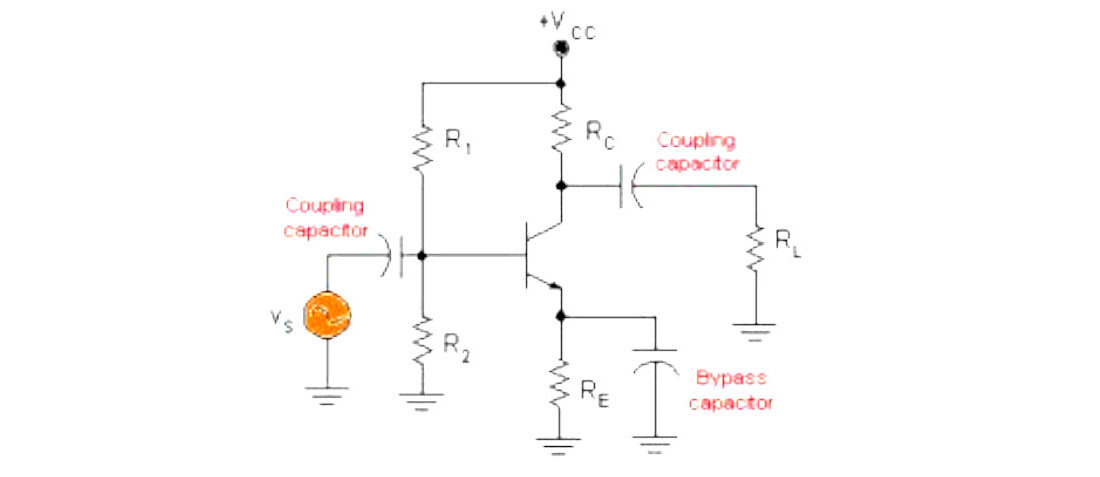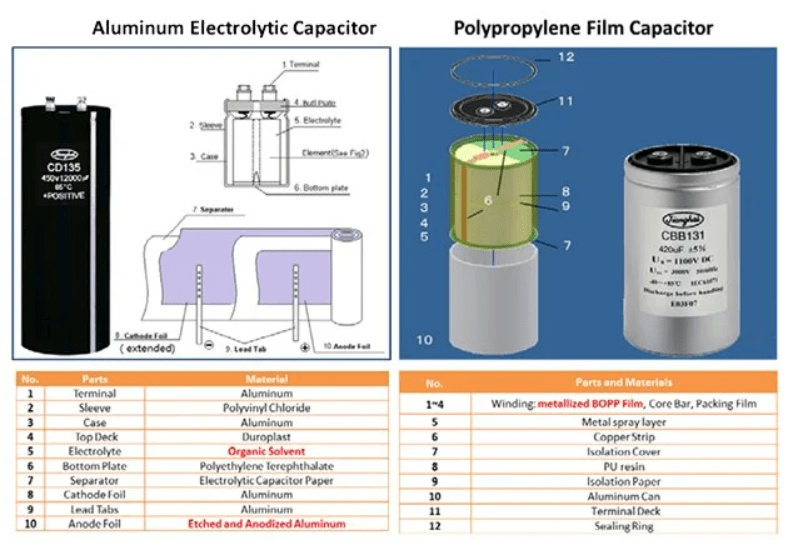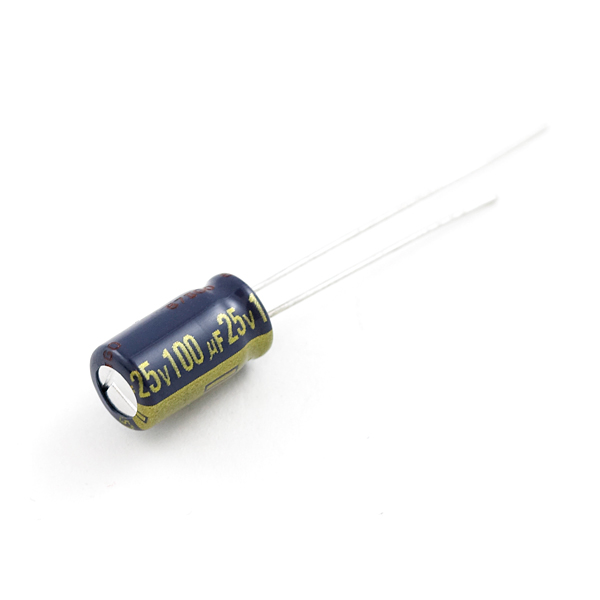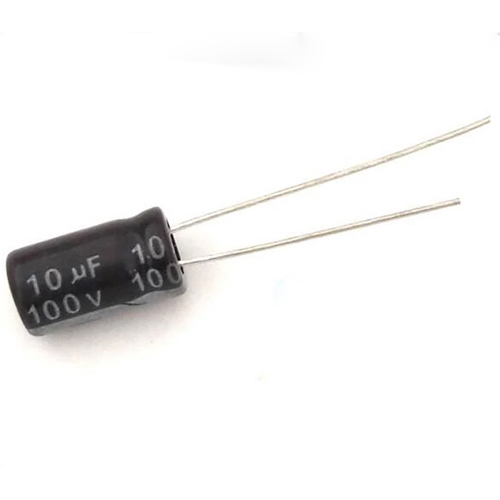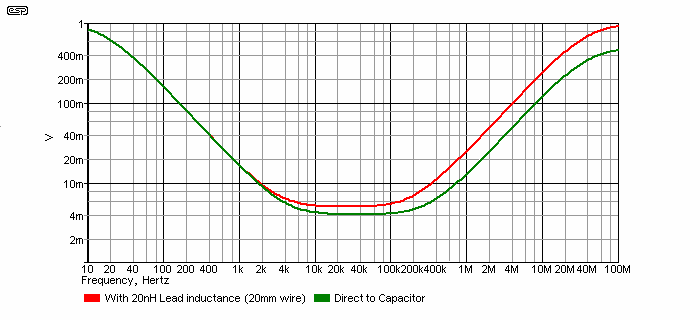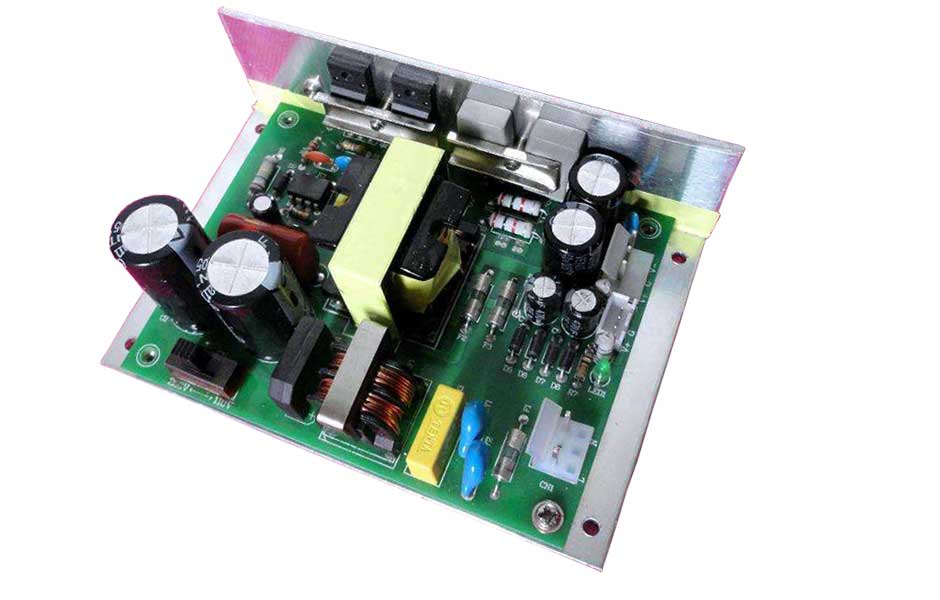Decoupling Capacitor Ceramic Or Electrolytic

For this reason decoupling capacitors are added to the circuit in order to smooth out the power supply voltage.
Decoupling capacitor ceramic or electrolytic. Why do some devices use electrolytic capacitors instead of ceramics for small value components. The farther away they are the less effective they ll be. Switching type aluminium electrolytic capacitors are commonly used for decoupling applications in low frequency and medium frequency. Can a single large multilayer ceramic capacitor replace the classic electrolytic ceramic decoupling capacitor arrangement.
In theory any capacitor could be used for decoupling. A decoupling capacitor is a capacitor used to decouple one part of an electrical network circuit from another. The value of the capacitor is usually between 100nf and 10nf. Two ceramic 0 1µf and one tantalum electrolytic 10µf split decoupling duties.
Which type of capacitor to use for matching the data sheet. However usually 100nf capacitors are used most commonly. Typically for decoupling capacitors ceramic capacitors are the predominant type used. Electrolytic capacitors are excellent candidates for use as large decoupling capacitors as they are cheap available in a wide range have high capacitance to volume ratio and have a broad range of operating voltages.
In addition multi layer ceramic capacitors mlccs are available in a wide range of packages and capacitance values. Note that a decoupling capacitor is not a specific type of capacitor. Ceramic capacitors are an excellent option for decoupling applications in hf circuits. Switching type aluminum electrolytic capacitors are commonly used for decoupling applications in low frequency and medium frequency.
In addition multi layer ceramic capacitors mlccs are available in a wide range of packages and capacitance values. Noise caused by other circuit elements is shunted through the capacitor reducing the effect it has on the rest of the circuit. Ceramic capacitors are an excellent option for decoupling applications in hf circuits. As a general guideline we always recommend adding a single 100nf ceramic capacitor and a larger 0 1 10uf electrolytic capacitor for each integrated circuit on your board.
A good rule of thumb for digital circuits is to use a single 100nf ceramic capacitor for each logic integrated circuit as well as a single larger up to a few hundred µf electrolytic capacitor per board or circuit segment. You ll always want to place your decoupling capacitors as close as possible to your ic. Besides power supplies decoupling capacitors also have other.




